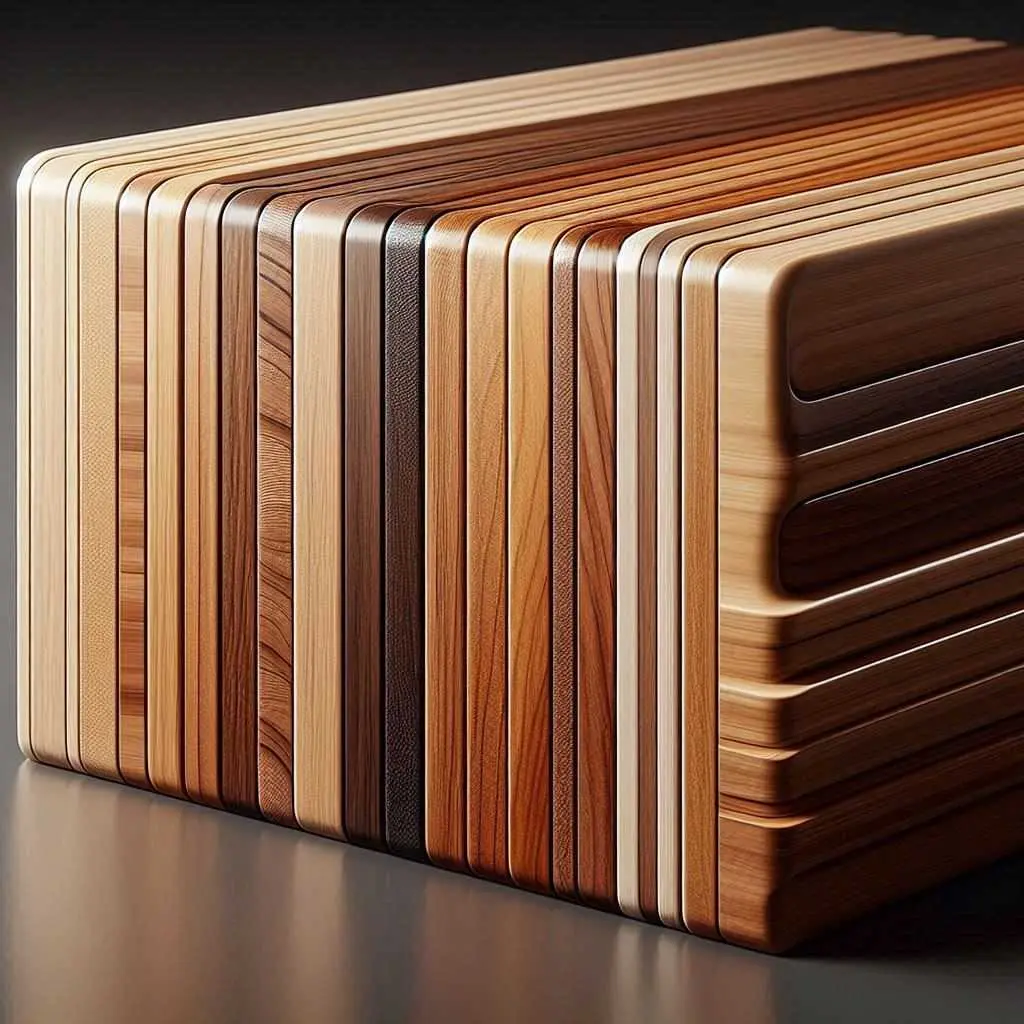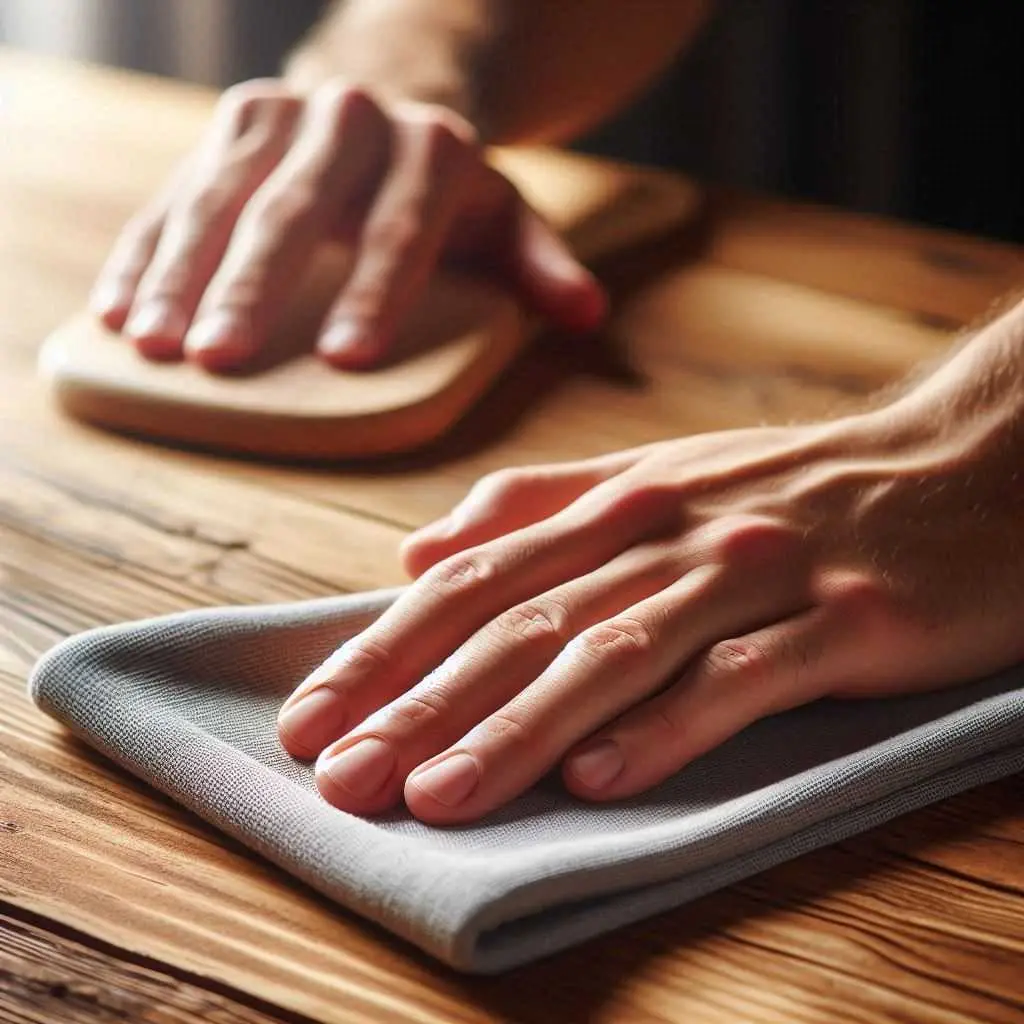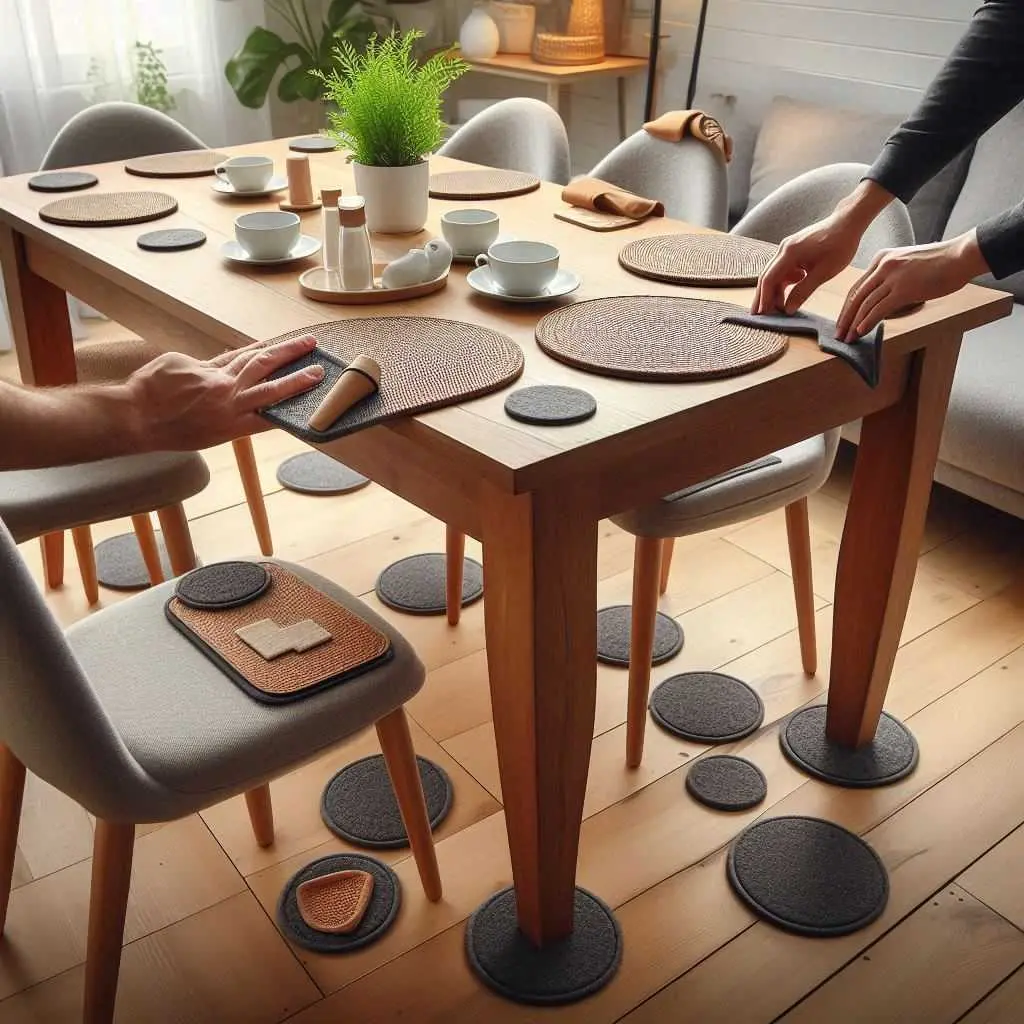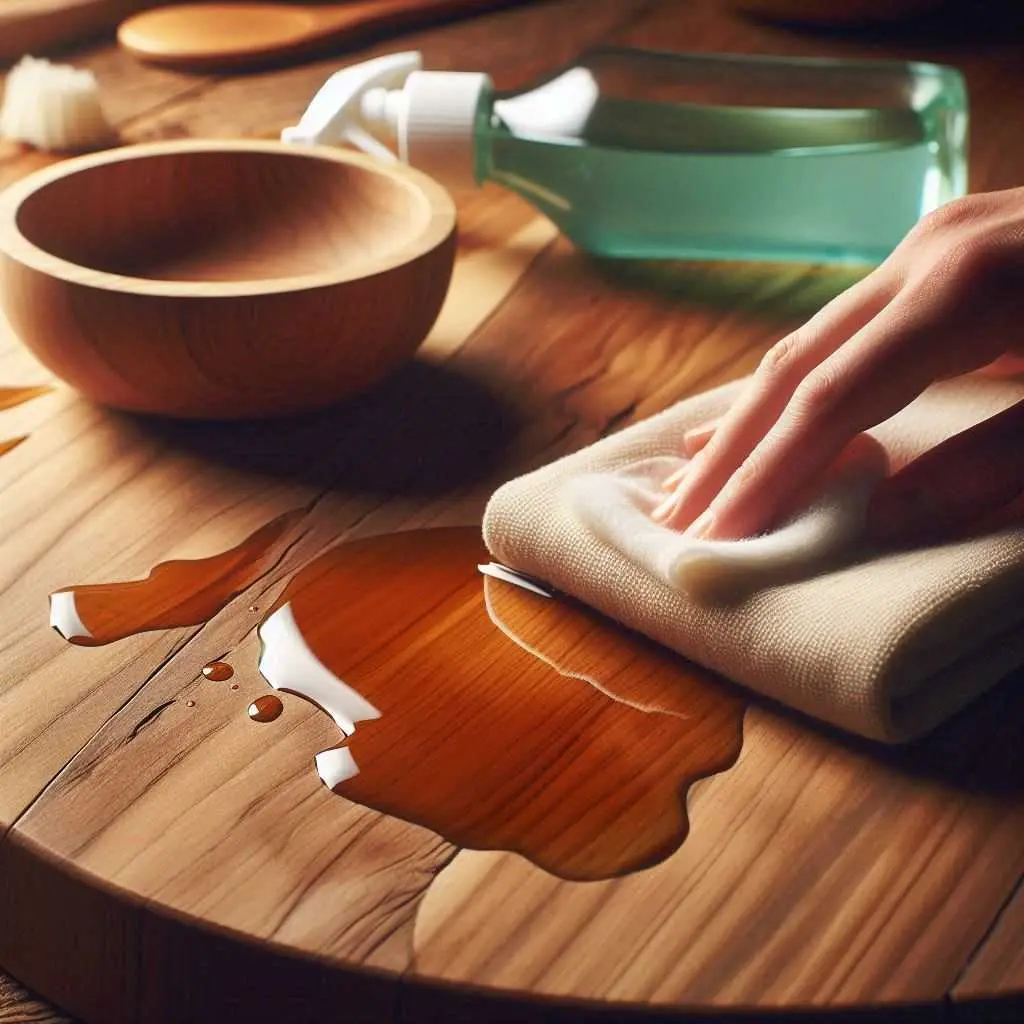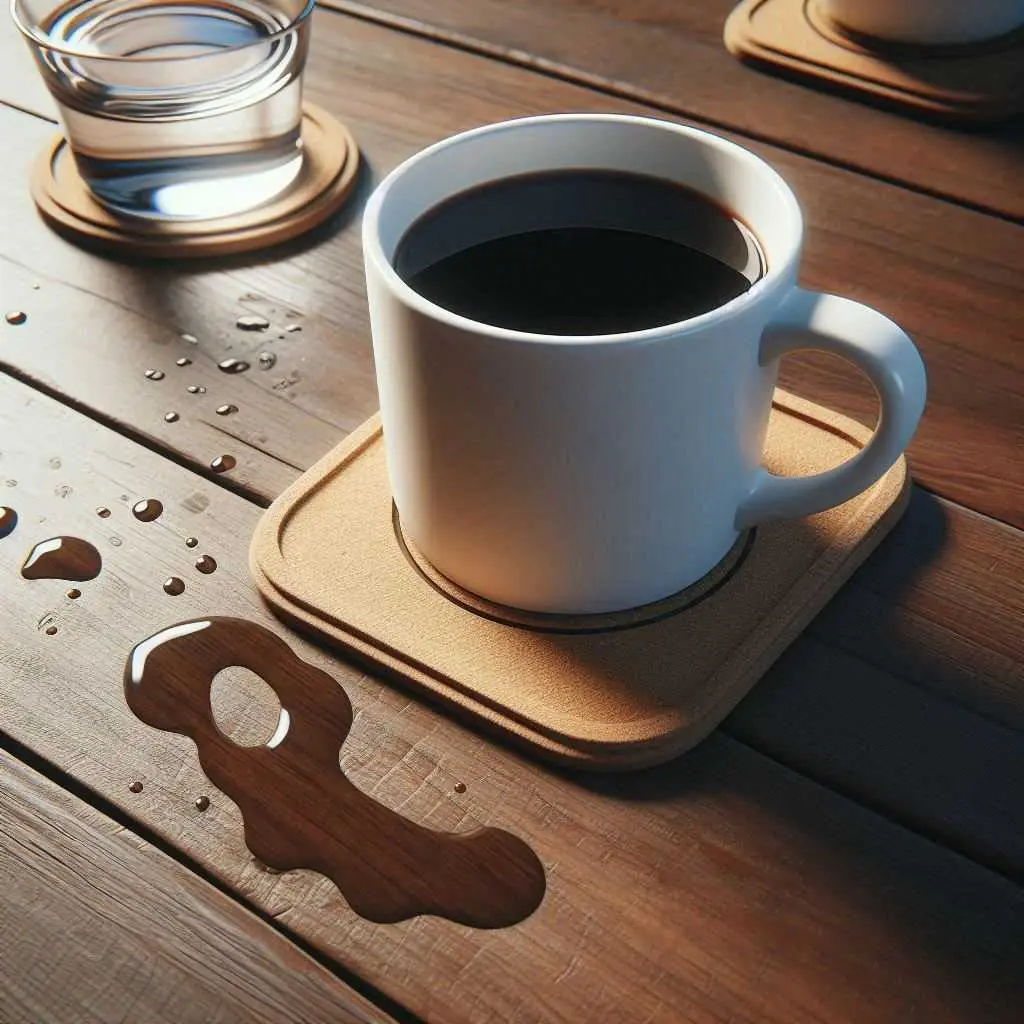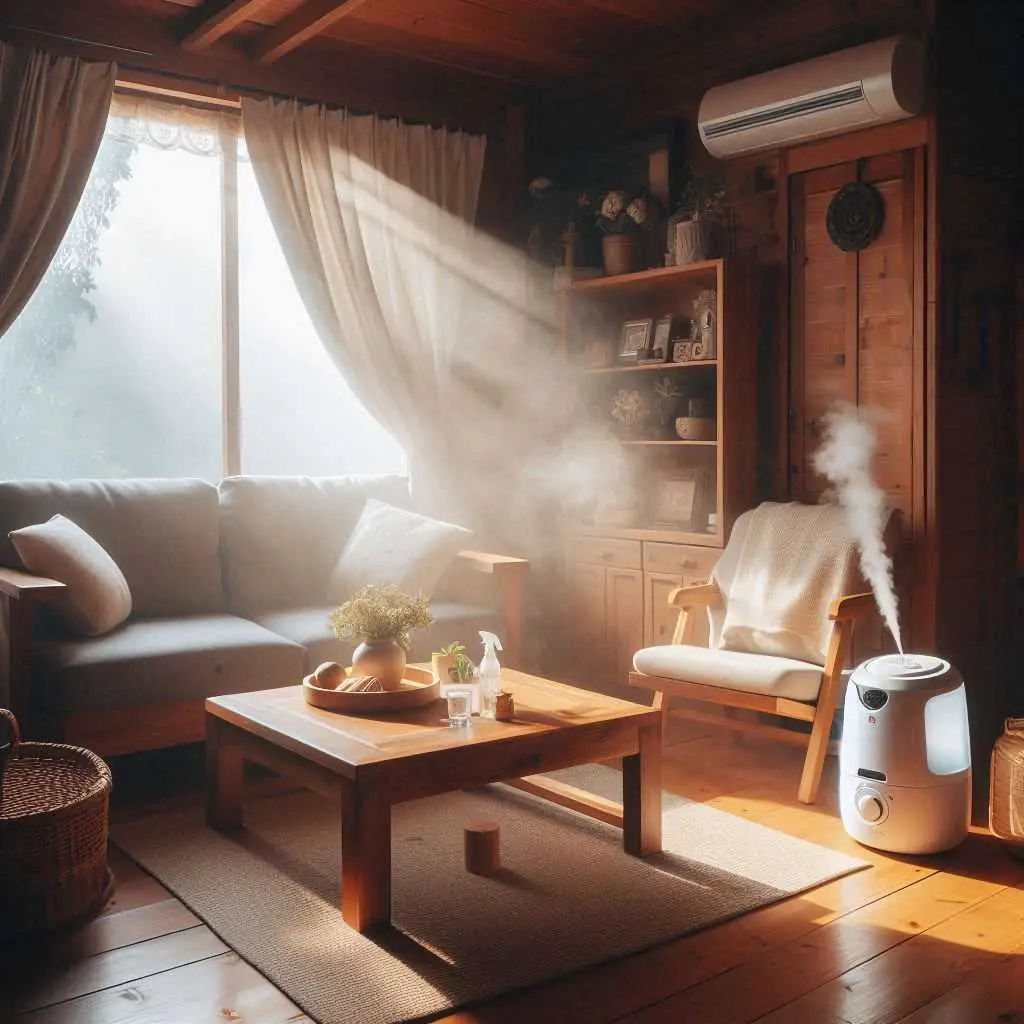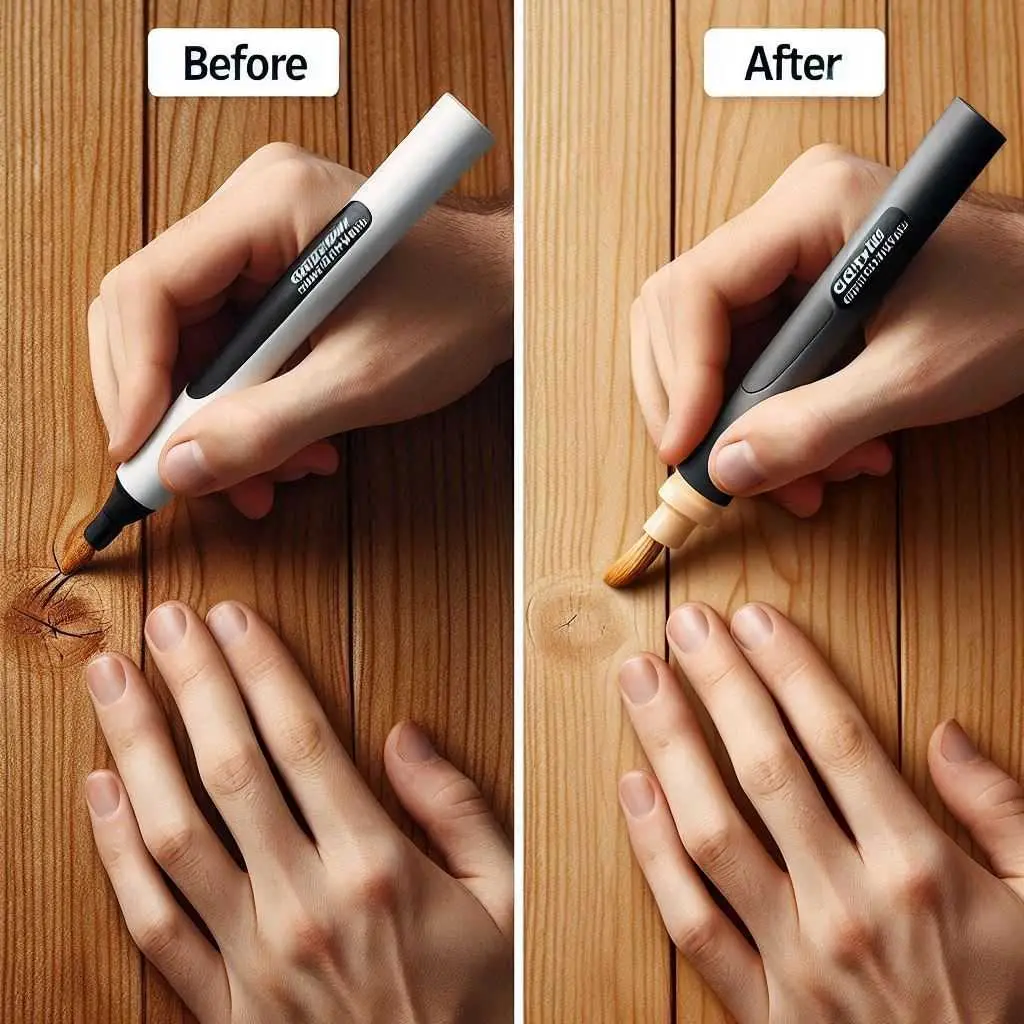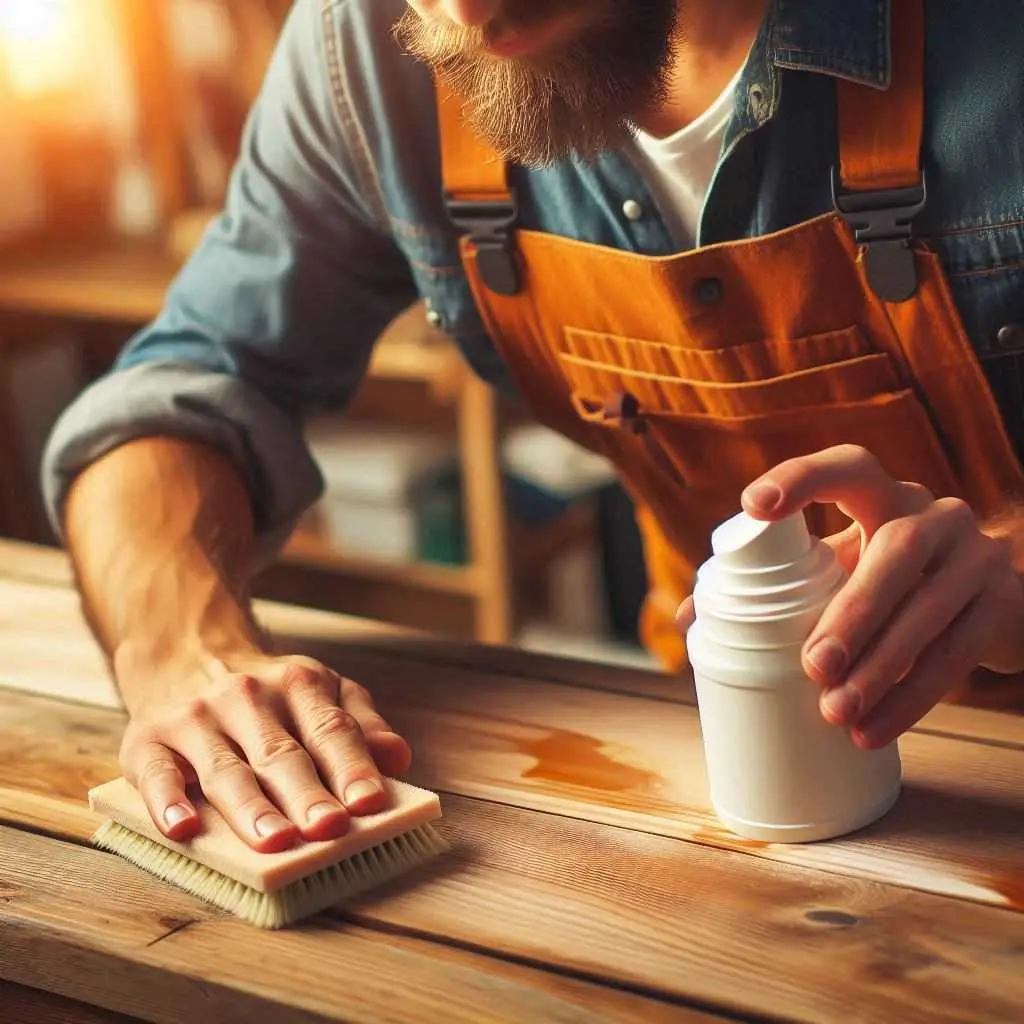Wood furniture has an enduring appeal that adds warmth, elegance, and character to any home. Whether it’s a vintage oak dining table, a handcrafted walnut coffee table, or an heirloom mahogany dresser, wood pieces can last for generations if cared for properly. However, maintaining their beauty and integrity requires thoughtful attention to prevent common issues like scratches, stains, and water damage. In this blog, we’ll explore best practices for caring for your wood furniture to keep it looking its best.
Contents
- 1. Understanding Wood Types and Finishes
- 2. Daily Maintenance: Dusting and Cleaning
- 3. Preventing Scratches: Protective Measures
- 4. Stain Prevention: Guarding Against Spills
- 5. Preventing Water Damage: Moisture Control
- 6. Climate Control: Humidity and Temperature Considerations
- 7. Dealing with Scratches: Repair and Restoration
- 8. Polishing and Oiling: Regular Care for Long-Term Shine
- Conclusion
1. Understanding Wood Types and Finishes
Before diving into the specifics of care, it’s crucial to understand the type of wood and the finish on your furniture. This knowledge will guide you in choosing the right maintenance routine and products to protect your piece from damage.
Wood Types:
- Hardwood like oak, walnut, and mahogany are dense and durable, making them ideal for high-traffic furniture pieces like tables and cabinets. Hardwood is less prone to dents and scratches but still requires care.
- Softwood like pine, cedar, or fir is lighter and less dense, which makes it more prone to scratches and dents. These woods are often used for rustic or vintage-style furniture.
Wood Finishes:
- Varnish is a hard, durable finish that provides a glossy look. It’s highly protective against spills and scratches.
- Lacquer is similar to varnish but offers a thinner, more delicate coating, often found on fine furniture pieces.
- Oil Finishes like tung oil or Danish oil penetrate the wood, enhancing its natural beauty while providing moderate protection.
- Wax Finishes add a soft sheen and offer mild protection against moisture and scratches but need reapplication over time.
Understanding the finish will help you determine how to clean and protect the wood properly.
2. Daily Maintenance: Dusting and Cleaning
Regular maintenance is essential to keep wood furniture looking its best and to avoid dust and dirt buildup, which can lead to abrasions.
Dusting:
- Use a soft, lint-free cloth like a microfiber or cotton cloth to dust your wood furniture. Feather dusters can be too rough on delicate finishes.
- Dust often, at least once a week to prevent particles from accumulating and causing scratches. Dust acts as an abrasive, especially on highly polished surfaces.
Cleaning:
- Avoid harsh chemical cleaners that can strip away protective finishes. Instead, use a solution of warm water and a few drops of mild dish soap.
- Damp, not wet: Always use a slightly damp cloth rather than a soaking wet one, as excess water can seep into the wood and cause damage.
- After wiping with a damp cloth, immediately dry the surface with a clean, soft towel to remove any moisture.
Routine dusting and cleaning prevent the buildup of dust, grime, and allergens, while also preserving the wood’s natural sheen.
3. Preventing Scratches: Protective Measures
Scratches are among the most common forms of damage to wood furniture. However, many scratches can be prevented with simple precautions.
Use of Coasters, Placemats, and Tablecloths:
- Coasters are your wood furniture’s best friend when it comes to preventing scratches caused by dishes, cups, and glasses. Make it a habit to use coasters for any type of drink, especially ones with hot or cold contents that can also cause water rings.
- Placemats and tablecloths are a must for dining tables. They provide a layer of protection against cutlery, hot dishes, and spills. Choose soft materials to avoid abrasive contact with the wood.
Furniture Pads:
- Apply felt or rubber furniture pads to the legs of chairs, tables, and other furniture that gets moved frequently. These pads protect both the floor and the wood from damage caused by scraping or sliding.
- For extra protection, add padding under heavy objects like vases or décor items that sit on the surface for a long time to prevent indentations.
Lift, Don’t Drag:
- When moving furniture, always lift rather than drag it across the floor. Dragging furniture not only damages the legs and base of the piece but can also lead to deep scratches on both the floor and the furniture.
4. Stain Prevention: Guarding Against Spills
Wood is porous, which means it absorbs liquids easily, leading to unsightly stains that can be difficult to remove. Preventing stains involves prompt action and the right cleaning methods.
Quick Cleanup:
- If you spill something on wood furniture, clean it up immediately to prevent the liquid from seeping into the wood grain. The longer the liquid sits, the more likely it will leave a stain.
- Use a soft, absorbent cloth to blot (not rub) the spill, then clean the area with a damp cloth and a little bit of dish soap if necessary.
Use Wood-Safe Cleaning Agents:
- For spills that could cause staining (like wine, coffee, or oily substances), avoid using abrasive cleaners. Opt for wood-safe products that are designed for cleaning without damaging the finish.
Regular Waxing or Polishing:
- Applying a layer of wax or polish every few months can add an extra barrier of protection to the surface, making it easier to wipe up spills before they cause damage.
5. Preventing Water Damage: Moisture Control
One of the greatest threats to wood furniture is water damage. Water can cause unsightly rings, warping, and even cracking if it seeps too deeply into the wood.
Use of Coasters and Protective Mats:
- Always use coasters under cups, especially cold drinks that produce condensation. Even small water droplets can leave permanent marks.
- Protective mats under items like vases, plant pots, or candleholders can prevent moisture from seeping through the bottom of these objects and causing damage.
Repairing Water Rings:
- If you do notice a water ring, you can try using baking soda or a gentle polish to lift the stain. Another DIY trick is to use a non-gel toothpaste mixed with baking soda and rub it gently over the affected area.
- For tougher stains, you might need to sand down the area and refinish the spot, especially if the water has penetrated deeply into the wood.
6. Climate Control: Humidity and Temperature Considerations
Wood is sensitive to its environment, and fluctuations in temperature and humidity can cause it to warp, crack, or shrink. Keeping your home’s climate stable is crucial for the long-term health of your furniture.
Managing Humidity:
- Wood furniture thrives in environments where humidity is kept between 40-45%. Too much moisture in the air can cause wood to swell, while too little can cause it to dry out and crack.
- In particularly dry climates, use a humidifier to keep the air from getting too dry, especially during winter when heating systems can lower indoor humidity levels.
Avoid Extreme Temperature Changes:
- Wood expands and contracts with temperature fluctuations, so it’s best to avoid placing furniture near radiators, fireplaces, or direct sunlight.
- Prolonged exposure to heat or direct sunlight can fade the wood’s finish and weaken its structure over time.
7. Dealing with Scratches: Repair and Restoration
Even with the best precautions, small scratches and nicks can happen over time. Fortunately, there are ways to repair minor damage and restore your furniture to its former glory.
Fixing Minor Scratches:
- For small surface scratches, use a touch-up marker or wax filler stick in a color that matches your furniture. Apply the product directly to the scratch and blend it into the surrounding area.
- Alternatively, you can use a walnut or almond to fill in small scratches. Rub the nut directly over the scratch, allowing the oils to penetrate the wood and minimize its appearance.
Larger Scratches:
- For deeper scratches or gouges, you may need to lightly sand the affected area and refinish it with varnish, stain, or lacquer to match the rest of the piece.
- If you’re unsure, it’s always best to consult a professional, especially for antique or high-value furniture.
8. Polishing and Oiling: Regular Care for Long-Term Shine
To keep your wood furniture looking its best, it’s important to regularly polish or oil it. This not only enhances the wood’s natural beauty but also provides a protective layer that can prevent damage.
Benefits of Polishing:
- Polishing wood furniture every few months helps restore its shine and gives it a fresh, well-maintained appearance.
- Use a wood-specific polish and a soft cloth, buffing in the direction of the wood grain for an even finish.
Oiling Your Furniture:
- Depending on the type of wood, regular oiling can keep the furniture nourished and prevent it from drying out. Lemon oil or linseed oil are common choices for maintaining wood furniture.
- Apply oil sparingly, using a clean cloth, and allow it to penetrate the wood before wiping off any excess. Repeat this process every six months or as needed.
Conclusion
Caring for wood furniture doesn’t have to be complicated, but it does require attention to detail and regular maintenance. By following these best practices—dusting regularly, using protective measures, cleaning spills promptly, and maintaining a stable environment—you can keep your wood furniture in top shape for years to come.
Whether you’re dealing with an antique family heirloom or a new modern piece, the key is to prevent damage before it happens and to address any issues quickly. Incorporate these care tips into your routine, and your wood furniture will remain a cherished part of your home, showcasing its beauty and longevity.


